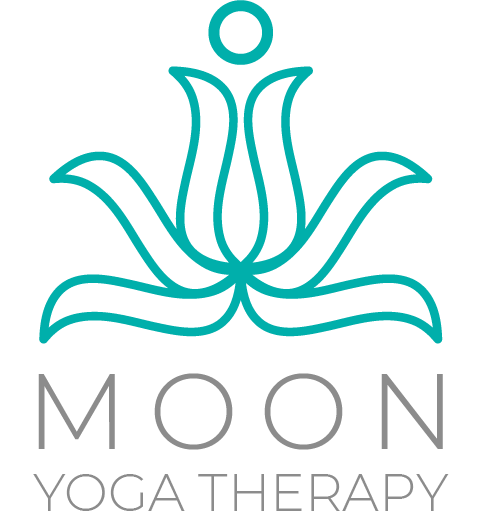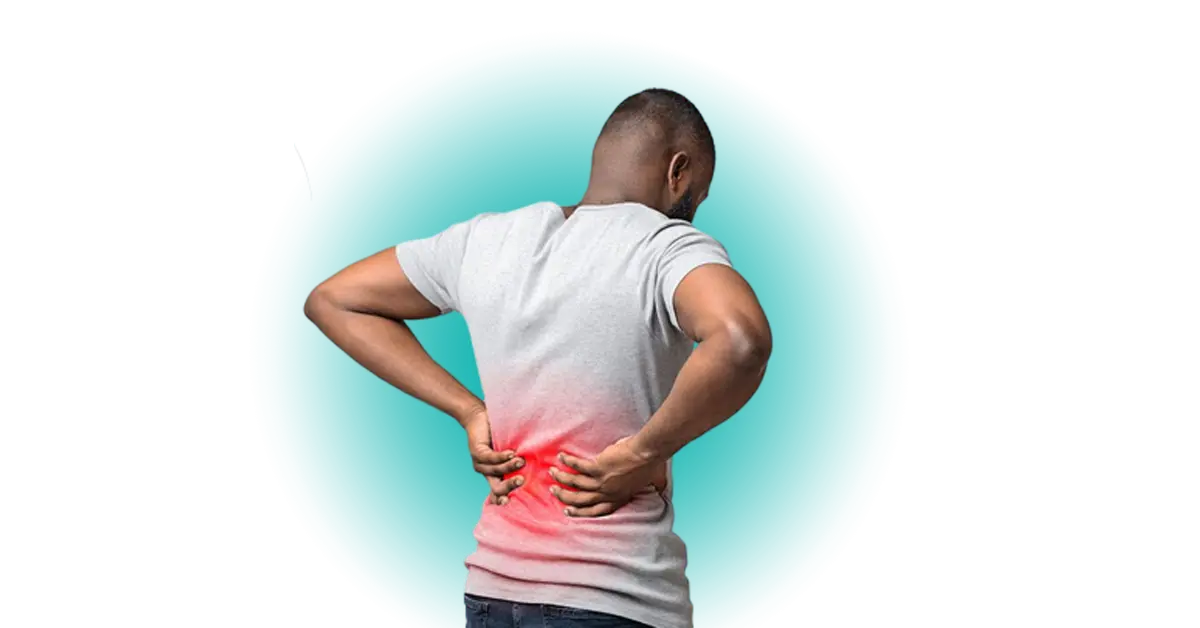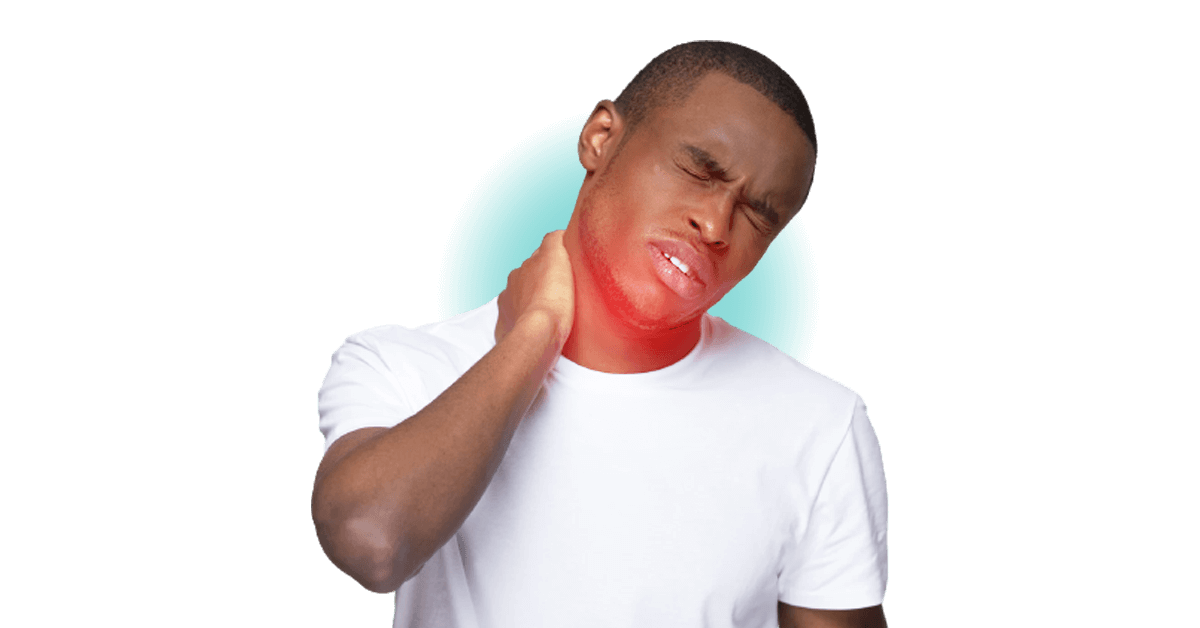Are you struggling with back pain and looking for a natural, effective solution? Yoga therapy might be the answer you’re looking for.
Also, a systematic review study published in the clinical journal of pain in 2013, on a total of 967 chronic low back pain patients, found strong evidence for the effectiveness of yoga for chronic low back pain:
Causes of Back Pain
Back pain can have a variety of causes, including poor posture, muscle strain, herniated discs, and spinal stenosis. Sitting for long periods of time and lack of physical activity can also contribute to back pain.
Yoga therapy can address the root causes of back pain by improving flexibility, strengthening the core and back muscles, and promoting proper posture. The combination of physical postures, breathing techniques, and meditation in yoga therapy can also reduce stress and tension in the body, which can contribute to back pain.
Best Yoga Therapy Techniques for Back Pain
At Moon Yoga Therapy, I have helped many patients find relief from back pain through our yoga therapy sessions. Here’s what Sarah D. has to say after her remote sessions; “I have been suffering from lower back pain for years, and nothing seemed to help. After just a few online yoga therapy sessions with Dr. Mounia, my pain has decreased significantly.”
a. Most Effective Yoga Poses for Back Pain
Cat-Cow Pose: Cat-cow pose is a gentle stretch that can help release tension in the lower back. To practice this pose, start on your hands and knees with your wrists directly under your shoulders and your knees directly under your hips. As you inhale, arch your back and lift your head and tailbone toward the ceiling (cow pose). As you exhale, round your spine and tuck your chin to your chest (cat pose). Repeat for 10-15 breaths.
Downward Dog: Downward dog is a classic yoga pose that can help lengthen the spine and stretch the hamstrings, calves, and lower back. To practice this pose, start on your hands and knees, with your wrists directly under your shoulders and your knees directly under your hips. Tuck your toes under and lift your hips up and back, straightening your arms and legs. Keep your head and neck relaxed and hold for 5-10 breaths.
Child’s Pose: The child’s pose is a relaxing pose that can help release tension in the lower back and hips. To practice this pose, start on your hands and knees, with your wrists directly under your shoulders and your knees directly under your hips. Lower your hips back toward your heels and stretch your arms forward, resting your forehead on the mat. Stay in the pose for 10-15 breaths.
Sphinx Pose: The sphinx pose is a gentle backbend that can help strengthen the muscles of the lower back. To practice this pose, lie on your stomach with your elbows under your shoulders and your forearms on the mat. Press your forearms into the mat and lift your chest and head off the ground, keeping your shoulders relaxed. Hold for 5-10 breaths.
Bridge Pose: The bridge pose is a powerful pose that can help strengthen the glutes, hamstrings, and lower back. To practice this pose, lie on your back with your knees bent and your feet flat on the mat. Press your feet and arms into the mat and lift your hips toward the ceiling, keeping your shoulders relaxed. Hold for 5-10 breaths.
Cobra Pose: Cobra pose is a backbend that can help strengthen the muscles of the lower back and stretch the chest and shoulders. To practice this pose, lie on your stomach with your hands under your shoulders and your elbows close to your sides. Press your hands and feet into the mat and lift your chest and head off the ground, keeping your shoulders relaxed. Hold for 5-10 breaths.
b. Common Yoga Therapy Techniques for Back Pain
- Pranayama: This refers to breathing exercises that can help reduce stress and promote relaxation, which can in turn help alleviate back pain. One example is “diaphragmatic breathing,” where you focus on breathing deeply into the belly rather than shallow chest breathing.
Meditation: Mindfulness meditation can help reduce stress and anxiety, which can be contributing factors to back pain. Practicing meditation regularly can help you develop better coping mechanisms for dealing with pain and stress.
Yoga Nidra: Also known as “yogic sleep,” this is a guided meditation technique that involves a deep relaxation practice. Yoga Nidra can help alleviate tension and promote healing in the body, including the back.
If you experience any pain or discomfort during these poses, stop immediately and consult with a certified yoga therapist or healthcare provider.
Always warm up before practicing yoga poses and cool down after.
Modify poses as necessary to accommodate your individual needs and limitations.
Avoid overstretching or pushing yourself too hard. Listen to your body and practice mindfully.
Cramer, Holger MSc; Lauche, Romy PhD; Haller, Heidemarie MSc; Dobos, Gustav MD. A Systematic Review and Meta-analysis of Yoga for Low Back Pain. The Clinical Journal of Pain 29(5):p 450-460, May 2013. | DOI: 10.1097/AJP.0b013e31825e1492


![Can Yoga help in humanitarian crises? [My Experience with Lifting Hands International]](https://moonyogatherapy.com/wp-content/uploads/2024/02/Can-Yoga-help-in-humanitarian-crises-My-Experience-with-Lifting-Hands-International-e1722076657104.webp)

